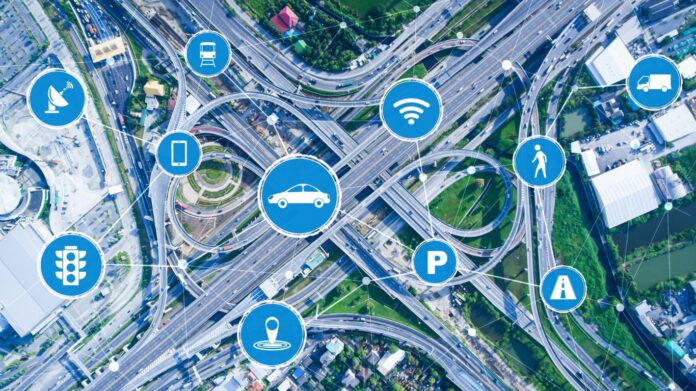As cities grow and traffic increases, road safety has become a pressing concern for drivers and government agencies alike. Fortunately, the emergence of IoT technologies has opened up new possibilities for improving safety on our roads. These technologies are making roads safer by providing real-time information and data insights to drivers and traffic managers, ensuring that they make well-informed decisions on the road.
In this article, we’ll explore some of the most promising IoT solutions for enhancing road safety, from smart traffic management with the help of IoT devices to data-driven insights and the use of connected vehicles in accident prevention, and how IoT is revolutionizing road safety.
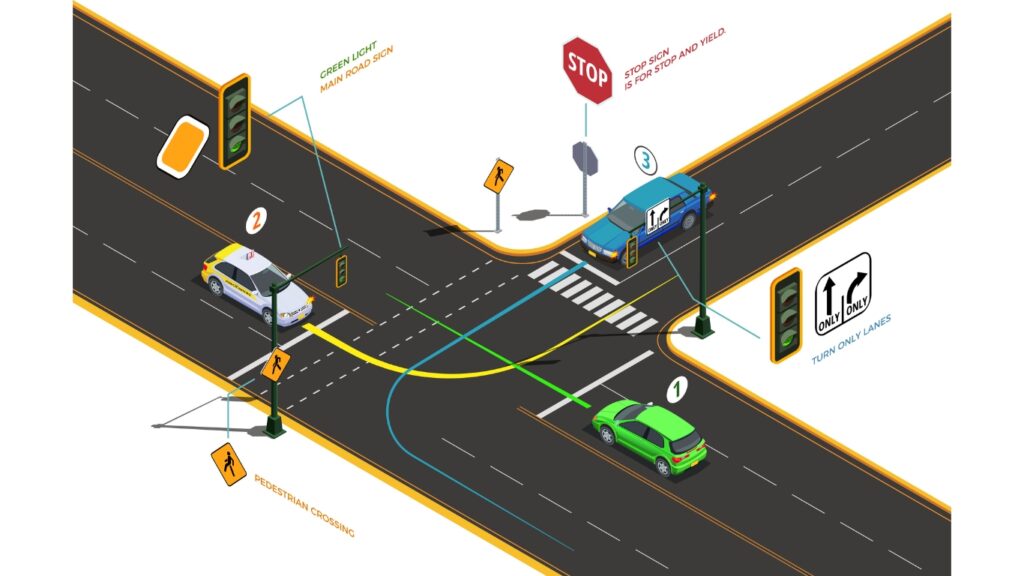
Smart Traffic Management
The implementation of IoT devices in traffic management is revolutionizing road safety. By utilizing intelligent traffic lights and real-time traffic monitoring, IoT is helping to reduce traffic congestion, mitigate accidents and improve the overall driving experience.
Intelligent Traffic Lights:
IoT-powered traffic lights have the ability to adjust to traffic conditions in real time, helping to alleviate congestion and prevent accidents. By communicating with connected vehicles, traffic lights can adapt to changing traffic conditions and optimize traffic flow. For instance, when an emergency vehicle approaches an intersection, sensors in the traffic lights can detect its approach and preemptively alter the light sequence to allow for a safe and efficient passage.
Additionally, IoT-enabled traffic lights can provide a more reliable and accurate measure of traffic patterns. Data collected from connected vehicles and sensors placed at various points in the road network can be used to adjust traffic signal timings and improve overall traffic flow.
Traffic Assistance:
IoT devices in vehicles are assisting drivers with real-time traffic information. This data is collected from various sensors and traffic monitoring systems, allowing drivers to make informed decisions about the best routes and avoid roadblocks. Such systems are also providing valuable data for city planners, helping them make informed decisions about road network design and infrastructure development.
One significant advantage of these systems is that they can detect accidents in real-time and provide alternative routing options to drivers. This can help reduce the number of secondary accidents that often occur due to rubbernecking and traffic jams.
Overall, by harnessing the power of IoT, smart traffic management is improving road safety and reducing the impact of traffic on the environment.
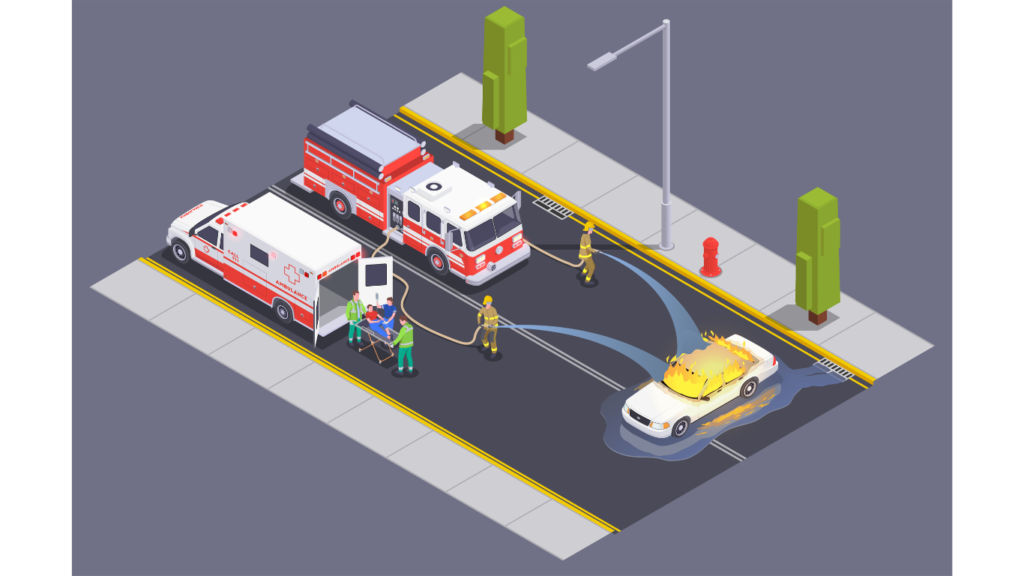
Improved Emergency Services
One of the most significant benefits of IoT technologies for road safety is their potential to improve emergency services. By using real-time data, emergency responders can provide faster and more accurate assistance to accident victims.
IoT devices can also help prevent accidents by alerting emergency services to potential dangers on the road, such as accidents, congestion, or hazardous weather conditions. This information can be used to reroute traffic, dispatch emergency services, or provide drivers with real-time updates and detours.
In addition, IoT technologies can provide emergency responders with vital information about the location and severity of accidents, enabling them to respond more quickly and effectively. For instance, connected cars can automatically send data to emergency services, including the location of the accident, the number of passengers, and their medical conditions.
All of these benefits can help save lives and prevent injuries on the road, making IoT technologies an essential tool for improving emergency services and road safety.
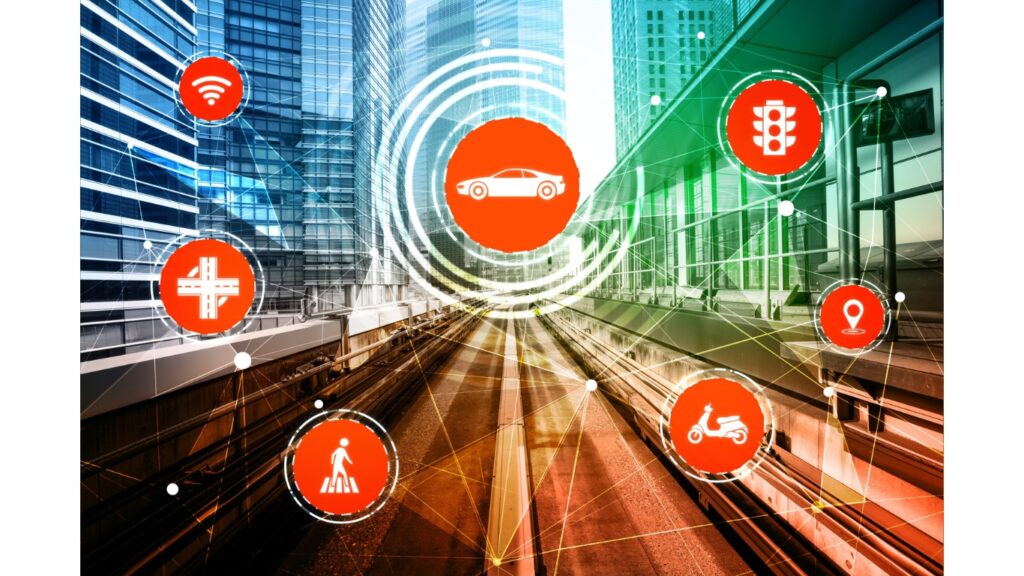
Connected Vehicles
The connectivity provided by IoT has enabled vehicles to communicate with each other and the infrastructure around them. This has led to a significant improvement in road safety, with the use of connected vehicles in accident prevention serving as a prime example.
One of the most significant advancements in connected vehicles is the development of automatic braking systems, which use sensors and cameras to detect potential collisions. These systems then apply the brakes automatically, providing an extra layer of protection for drivers and passengers.
Another way connected vehicles are improving road safety is through collision avoidance systems. These systems use sensors to detect nearby vehicles and objects, alerting drivers when they are in danger of a collision. Some systems will even take control of the vehicle and steer it out of harm’s way.
While connected vehicles have the potential to revolutionize the way we travel, they are not without their challenges. One of the most significant challenges is the cost of implementation, which can be substantial. Additionally, there are privacy concerns associated with the collection and use of data by these vehicles.
Despite these challenges, the use of connected vehicles in accident prevention and other safety measures is an exciting development in the world of road safety. As technology continues to evolve, it is likely that we will see even more advancements in this area in the years to come.
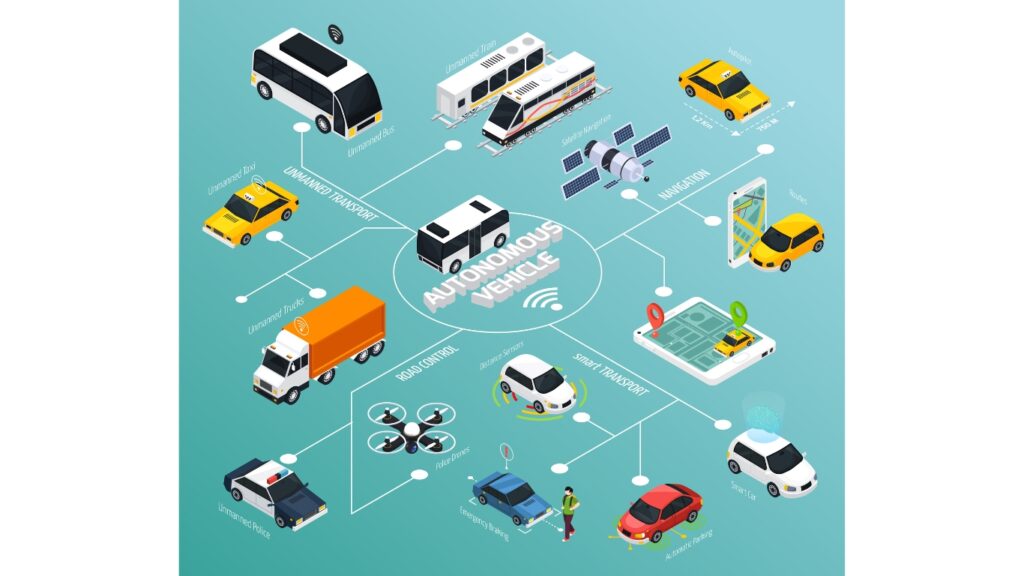
Autonomous Vehicles
One of the most exciting prospects for the future of IoT and road safety is the emergence of autonomous vehicles. These vehicles use sensors, cameras, and other IoT devices to navigate roads without human intervention. This technology has the potential to significantly reduce accidents caused by human error.
However, the implementation of autonomous vehicles also presents challenges. It is essential to ensure that the technology is secure and that vehicles can communicate with each other effectively to avoid accidents. Additionally, there may be legal and ethical questions that arise with the use of autonomous vehicles.
Data-driven Road Safety
One of the most significant contributions of IoT to road safety is the collection of real-time data. IoT sensors installed on roads and vehicles provide essential information on traffic patterns, road conditions, and vehicle performance. This data not only helps to enhance road safety but also guides decision-making processes for better transport planning and infrastructure development.
Moreover, this data provides a comprehensive view of the situation on roads, which can help identify risk areas and accident-prone locations to take proactive measures. For example, if the data shows that a particular intersection has a high incidence of accidents, authorities can install additional traffic control devices or modify the road layout to reduce the risk of further accidents.
Manufacturers can develop more reliable vehicles and effective safety systems to prevent accidents.
Overall, data-driven road safety is a critical component of IoT, contributing significantly to the reduction of accident rates and the improvement of road traffic management.
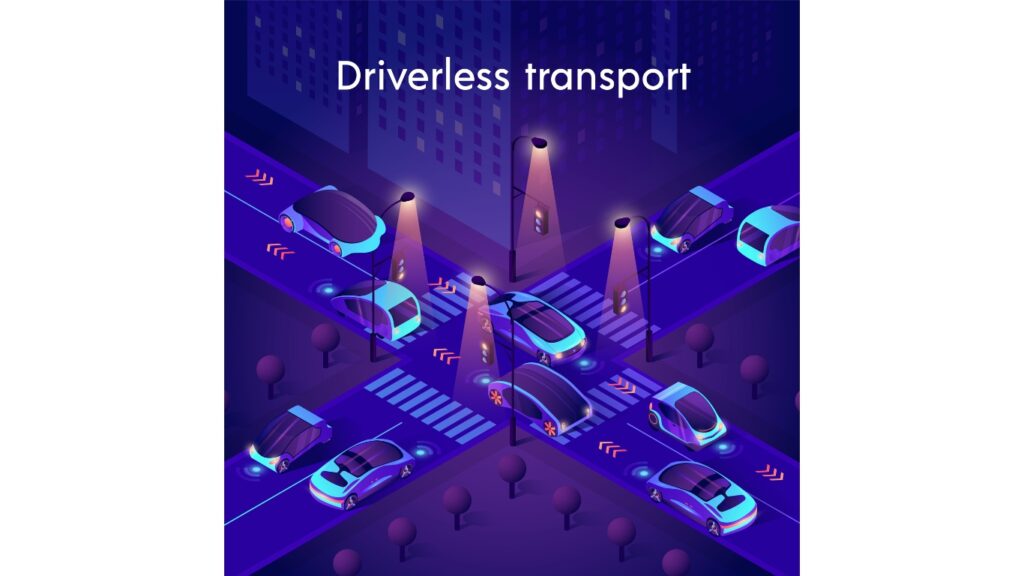
Future of IoT and Road Safety
As IoT continues to revolutionize road safety, the future of the technology looks promising. With the introduction of IoT in vehicles, road users can expect a safer and more efficient road experience. With the integration of IoT technologies, real-time assistance and navigation systems are becoming even more powerful, providing drivers with a more complete picture of the road ahead and helping them make informed decisions about their routes. By combining real-time data with advanced mapping and geolocation technologies, these systems are poised to revolutionize the way we think about road safety and navigation.
Challenges
While IoT brings many benefits to road safety, it also presents challenges. One of the most significant challenges is the cost of implementing IoT devices in vehicles. This cost may be restraining for some drivers or companies, making it difficult to achieve widespread adoption.
Privacy concerns are another challenge associated with connected vehicles. Drivers may be uncomfortable with the amount of data collected about their behavior and vehicle performance. It is important to address these concerns and ensure that data is used in a responsible and transparent manner.
Conclusion
The future of IoT and road safety is promising, with the potential for increased safety, efficiency, and connectivity on the roads. However, it is important to address the challenges that come with the implementation of this technology.
Blog by Madhulika Pandey


